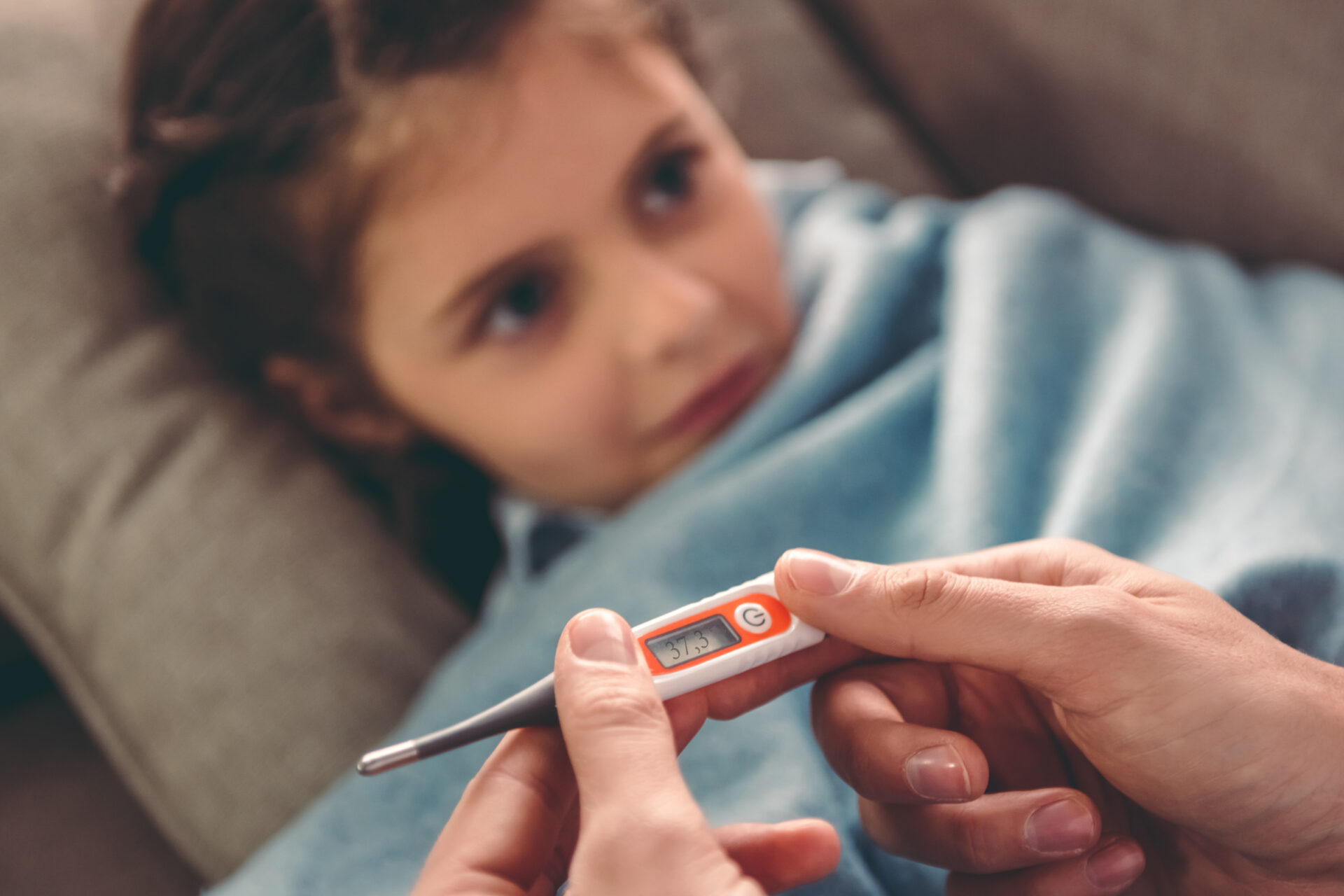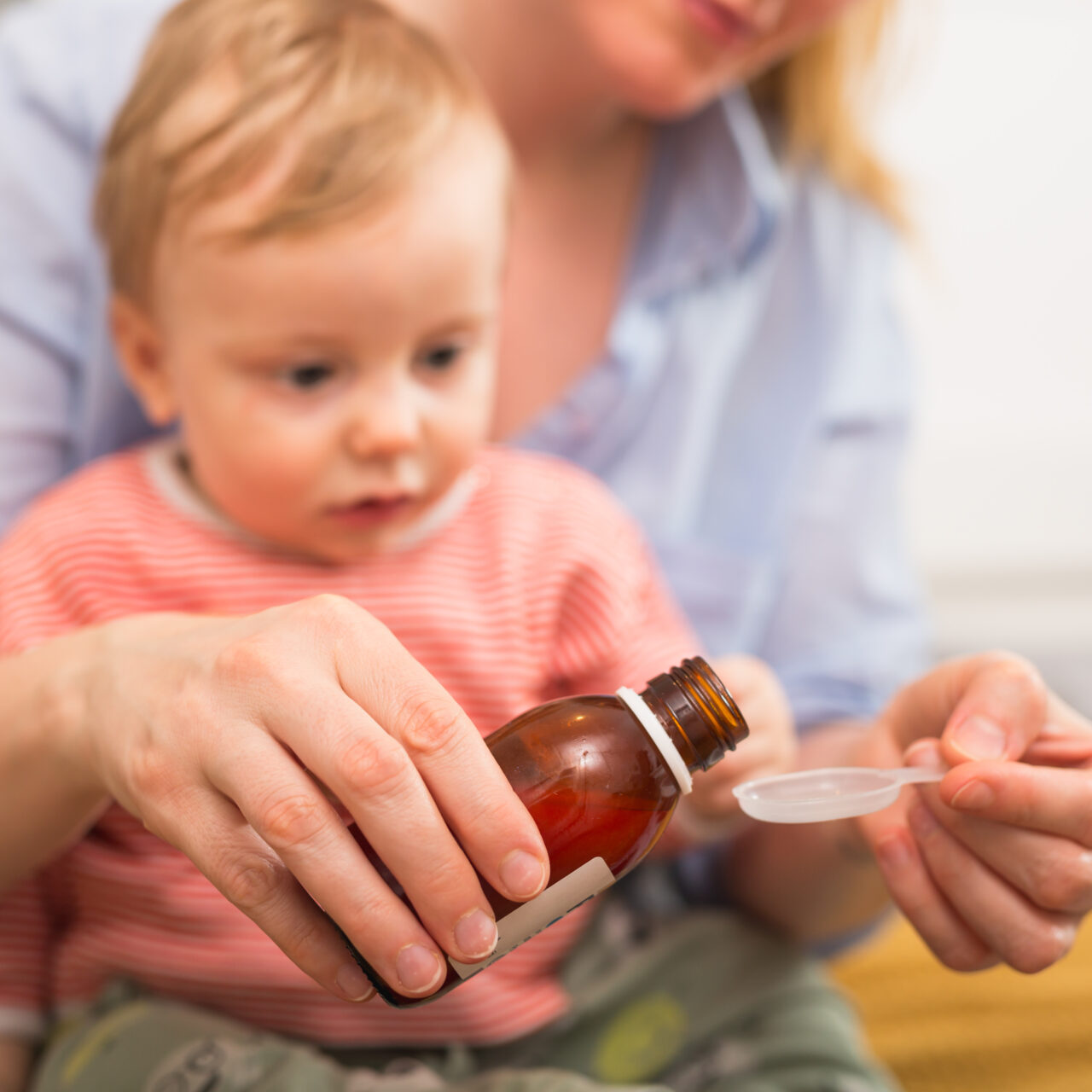How to Treat Cold and Flu in Children
There is no cure for the common cold or the flu, but there are a few things you can do to help your child feel better. Make sure they get plenty of rest and fluids, and give them vitamin C-rich foods or drinks.
You can also use a humidifier or vaporizer to help relieve congestion, and saline nasal drops or sprays can help them breathe better. Over-the-counter medications can also help reduce fever and pain. With TLC and plenty of rest, your child should feel better within a week.
It is important to note that these are just general tips, and you should always consult with your child’s doctor before giving them any medication or making any changes to their diet.
If you’re unsure whether your child needs medical treatment, it’s always better to error on the side of caution and seek medical advice. Book your appointment online or call us to schedule an appointment with our pediatricians.















